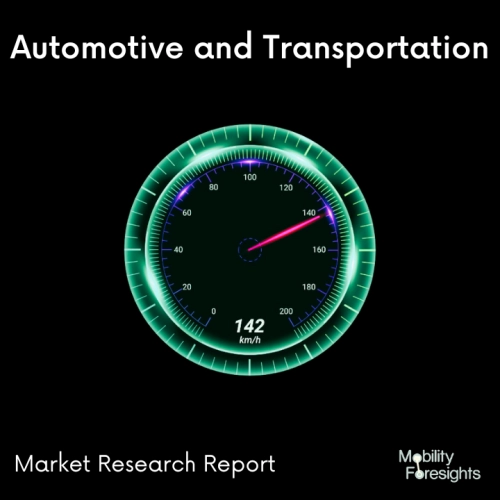
- Get in Touch with Us

Last Updated: Apr 25, 2025 | Study Period: 2024-2030
It lists several types of road infrastructure, including bridges, culverts, and fords that are a part of a road. Materials used to construct a road, footpath, or shoulder include asphalt, bitumen, gravel, lane markings, and lines. In Germany, there are three ways to travel large distances: via rail, bus, and carpool.
a summary of the costs & tickets made available by organisations like Deutsche Bahn. With a cutting-edge telephone network, 46.5 million main lines connected by fiber-optic cable, coaxial cable, microwave radio relay, and a domestic satellite system, Germany is one of the world's leaders in telecommunications.
Germany has a vast rail network that offers services in most regions. Even the tiniest settlements on regular routes will receive at least one train every two hours during the day. S-Bahn, U-Bahn, StraÃenbahn, and/or bus networks service almost all major urban regions.

The Germany road infrastructure market accounted for $XX Billion in 2023 and is anticipated to reach $XX Billion by 2030, registering a CAGR of XX% from 2024 to 2030.
"Considerably more in the railways than in the roads" will be invested, according to the new German government coalition.
The SPD, Greens, and FDP unveiled their coalition agreement's intentions, which included proposals to improve single-wagon traffic, speed Digital Automatic Coupling, cut infrastructure fees for more competitiveness, and encourage combined transport terminals.
Furthermore, Deutsche Bahn won't be divided into different companies as two of the parties suggested. The "traffic light" parties, who refer to their colors as red, yellow, and green respectively, lay out their intentions for Germany in a coalition agreement, in which rail plays a significant role.
The agreement places a lot of emphasis on improving German rail freight. The Rail Transport Master Plan from last year, which outlined the current German railway plans, will be "executed more quickly" and considerably developed.
The "Deutschland Takt" target timeframe and the required infrastructure capacity remain objectives. To increase the competitiveness of the railways, the usage of rail infrastructure will become more affordable, which appears as a decrease in track access fees.
The coalition also makes further pledges. While single-wagon transport will witness greater investments, the adoption of Digital Automatic Coupling in terminals will quicken. It also wants to increase investment incentives for railroad sidings at the same time.
| Sl no | Topic |
| 1 | Market Segmentation |
| 2 | Scope of the report |
| 3 | Abbreviations |
| 4 | Research Methodology |
| 5 | Executive Summary |
| 6 | Introduction |
| 7 | Insights from Industry stakeholders |
| 8 | Cost breakdown of Product by sub-components and average profit margin |
| 9 | Disruptive innovation in the Industry |
| 10 | Technology trends in the Industry |
| 11 | Consumer trends in the industry |
| 12 | Recent Production Milestones |
| 13 | Component Manufacturing in US, EU and China |
| 14 | COVID-19 impact on overall market |
| 15 | COVID-19 impact on Production of components |
| 16 | COVID-19 impact on Point of sale |
| 17 | Market Segmentation, Dynamics and Forecast by Geography, 2024-2030 |
| 18 | Market Segmentation, Dynamics and Forecast by Product Type, 2024-2030 |
| 19 | Market Segmentation, Dynamics and Forecast by Application, 2024-2030 |
| 20 | Market Segmentation, Dynamics and Forecast by End use, 2024-2030 |
| 21 | Product installation rate by OEM, 2023 |
| 22 | Incline/Decline in Average B-2-B selling price in past 5 years |
| 23 | Competition from substitute products |
| 24 | Gross margin and average profitability of suppliers |
| 25 | New product development in past 12 months |
| 26 | M&A in past 12 months |
| 27 | Growth strategy of leading players |
| 28 | Market share of vendors, 2023 |
| 29 | Company Profiles |
| 30 | Unmet needs and opportunity for new suppliers |
| 31 | Conclusion |
| 32 | Appendix |